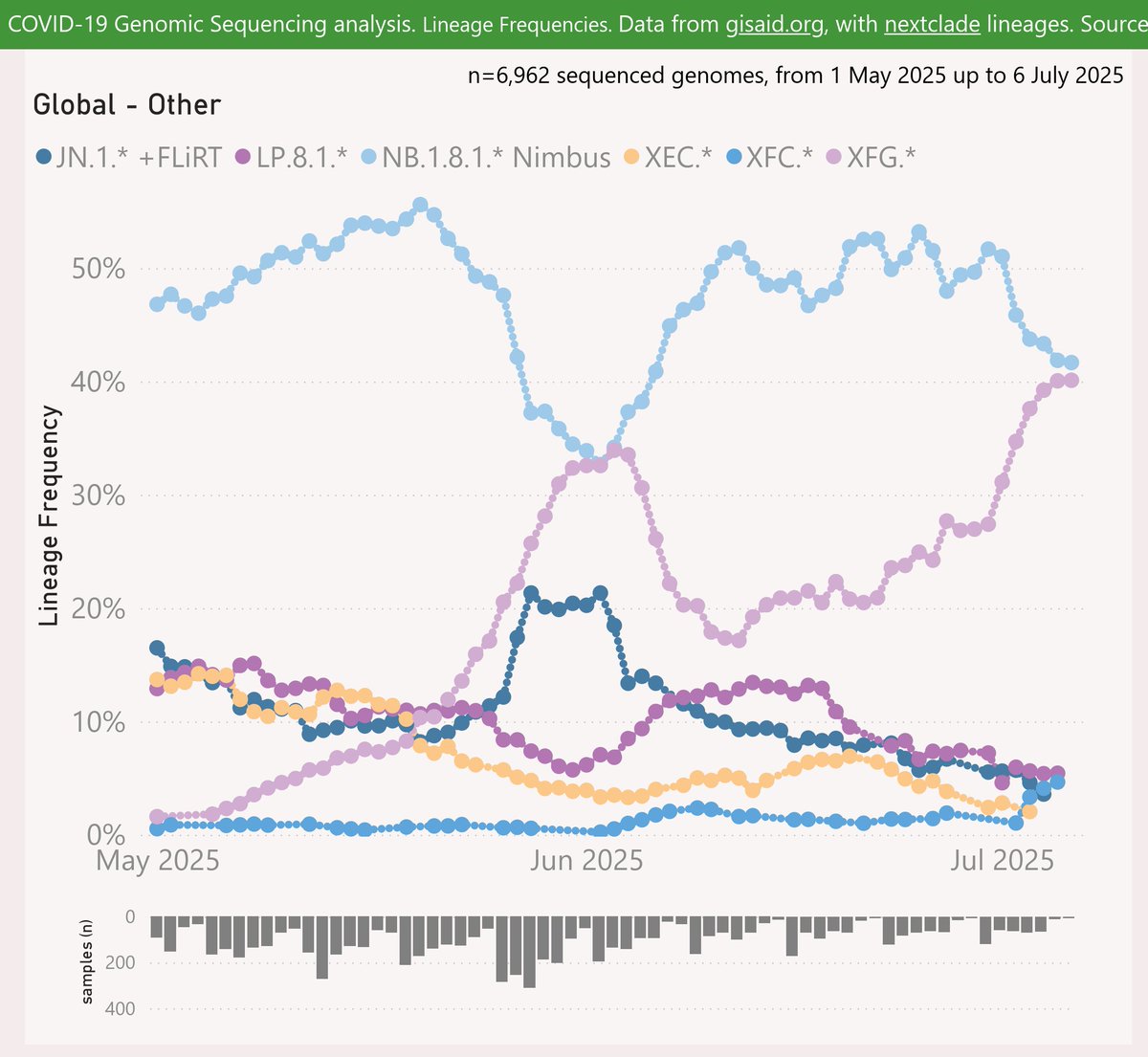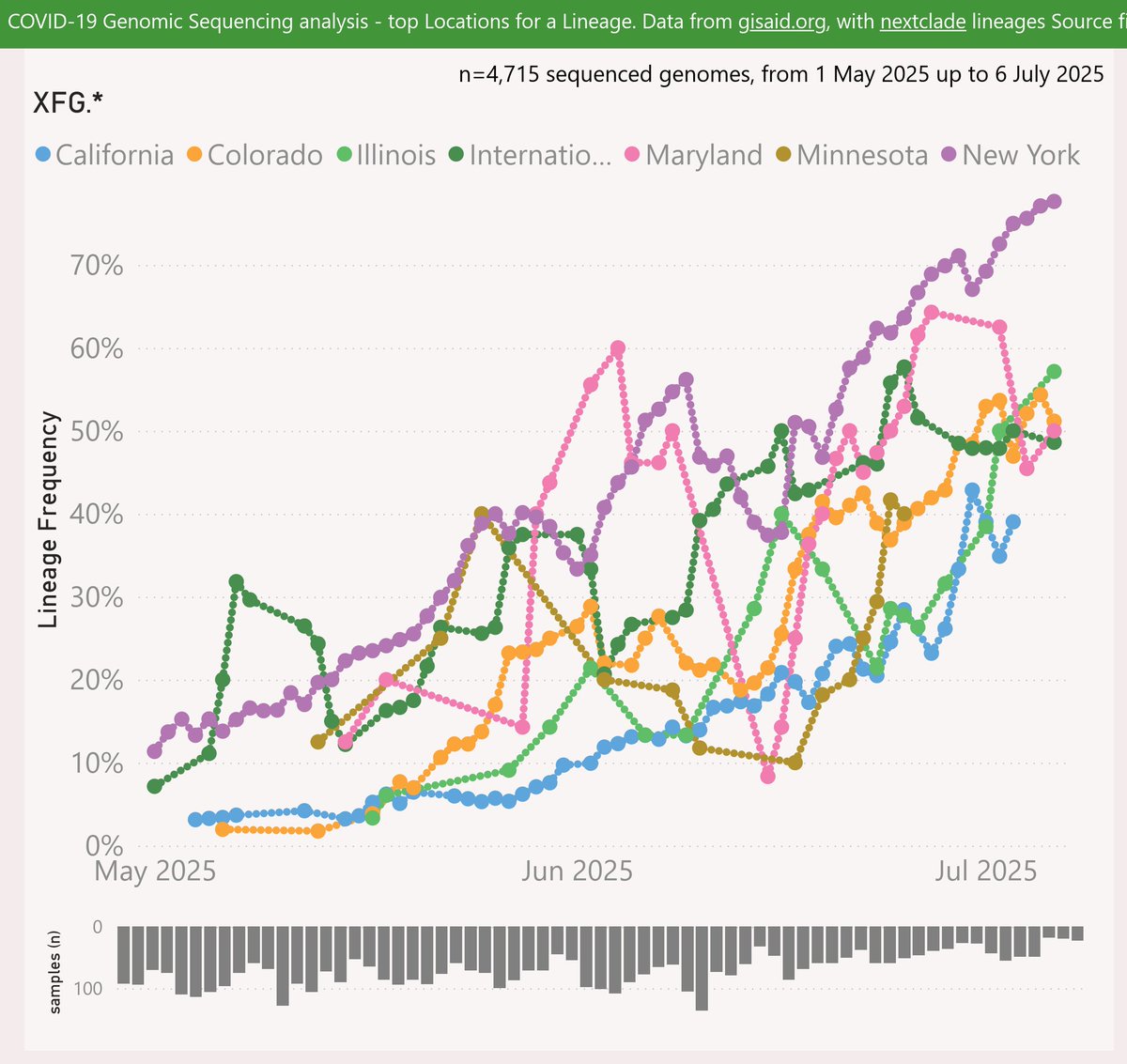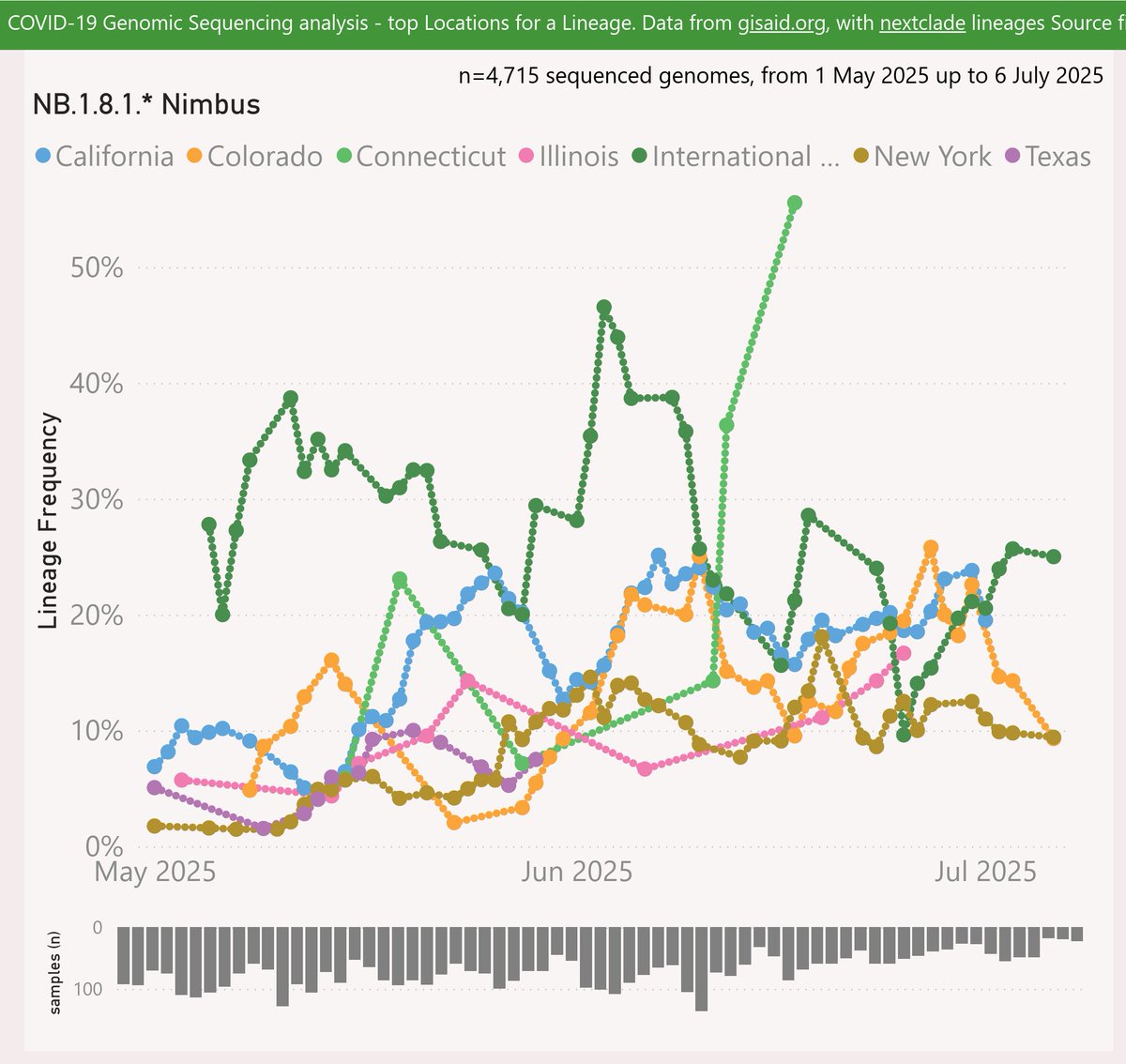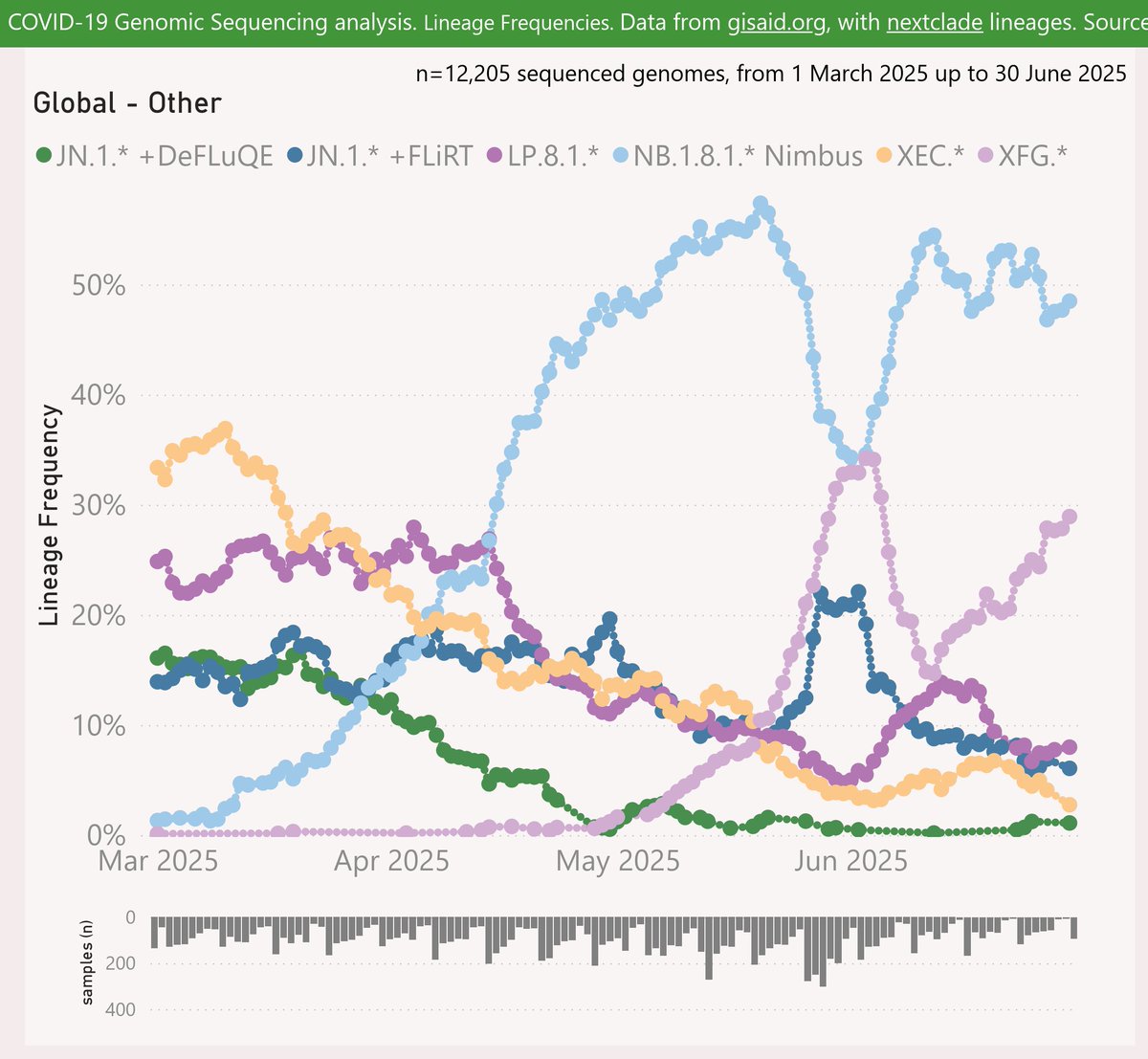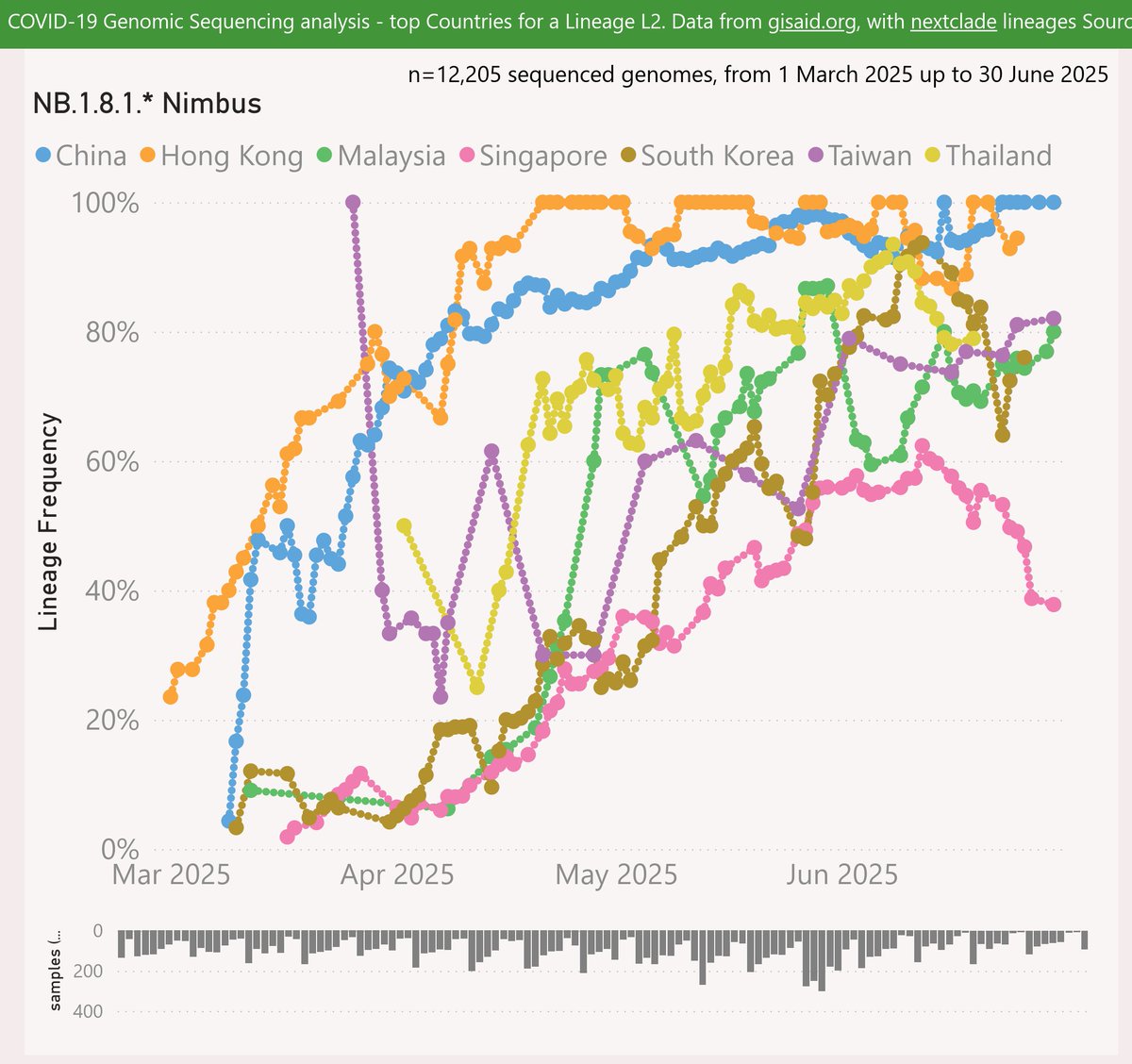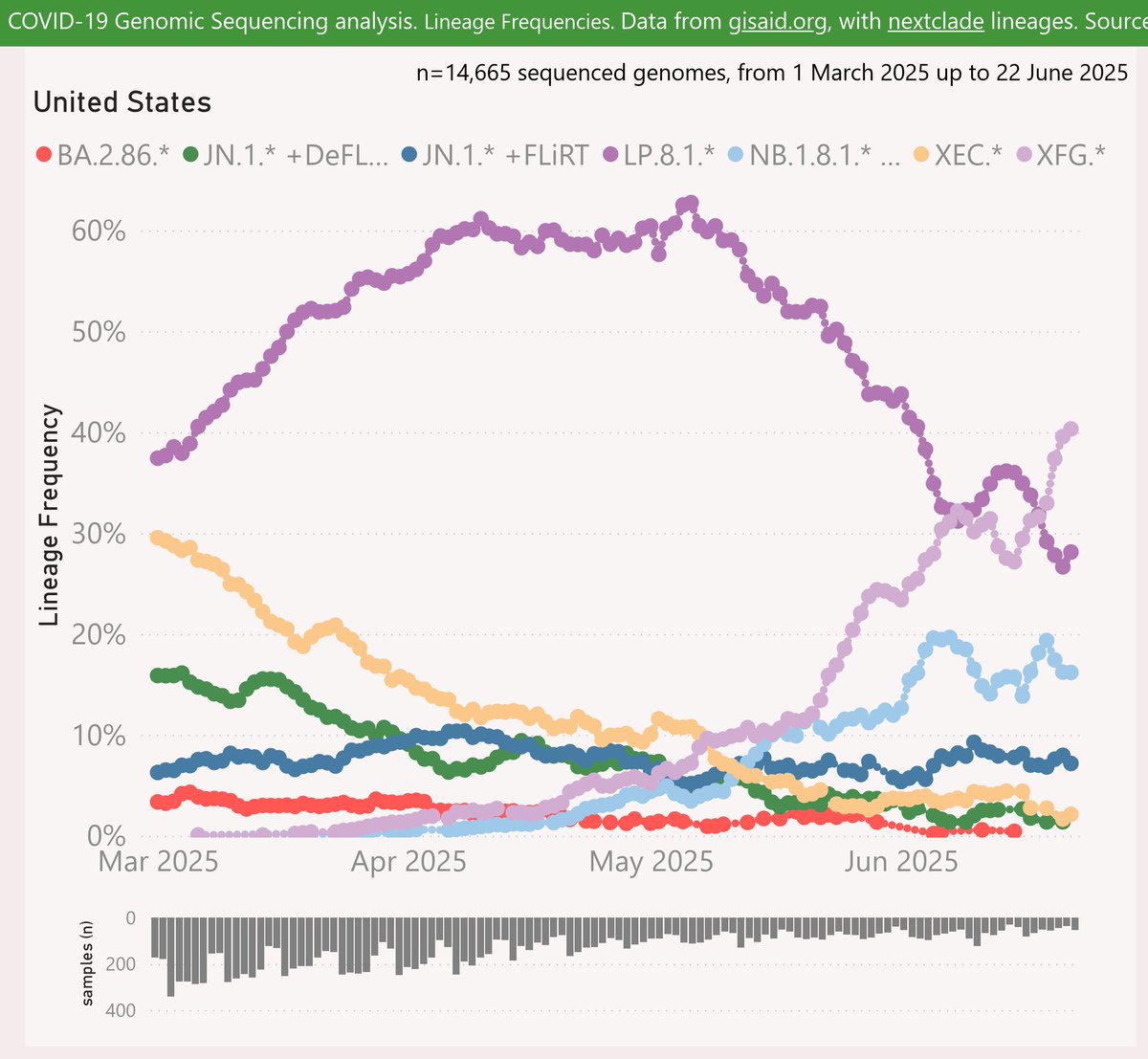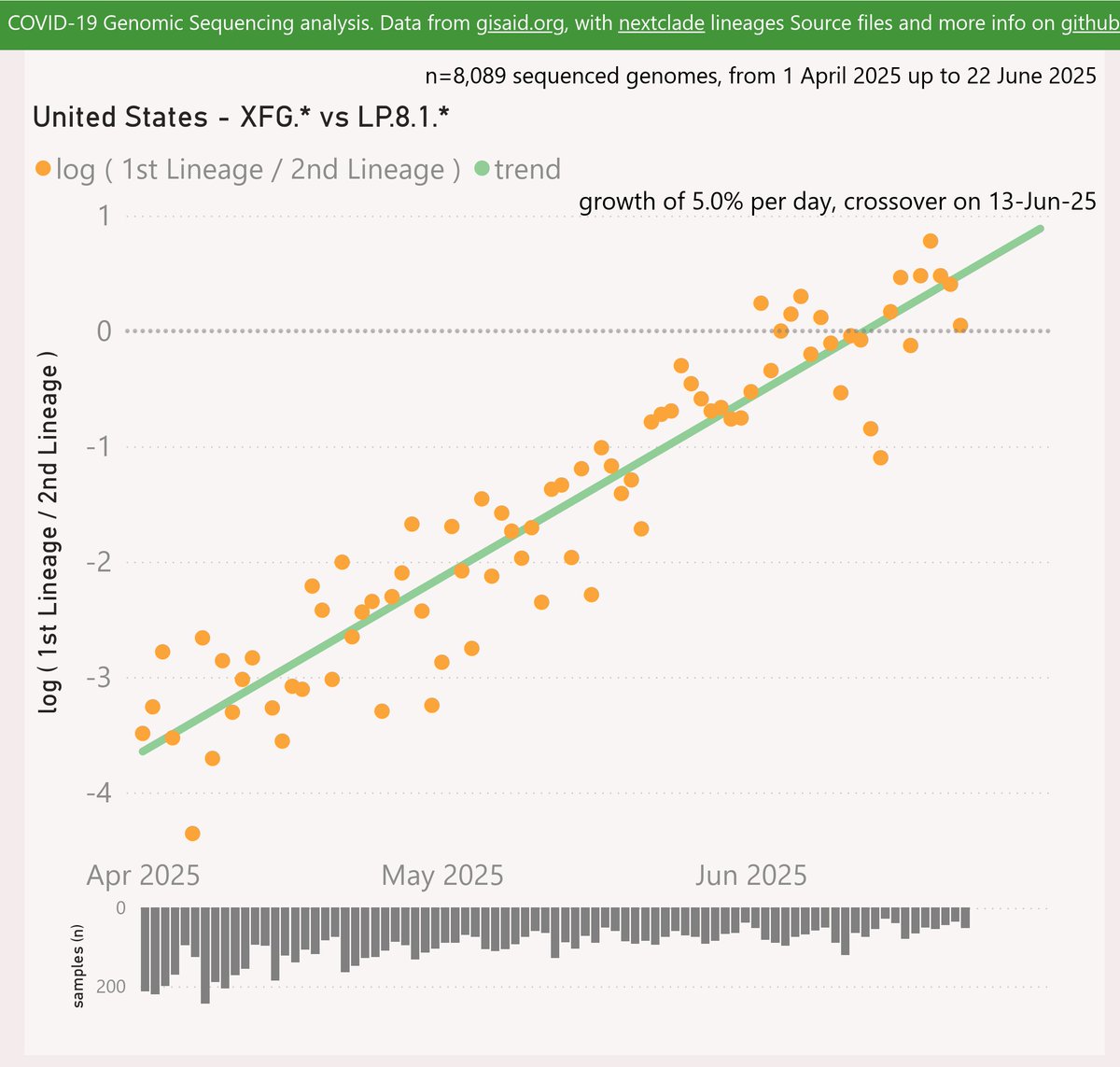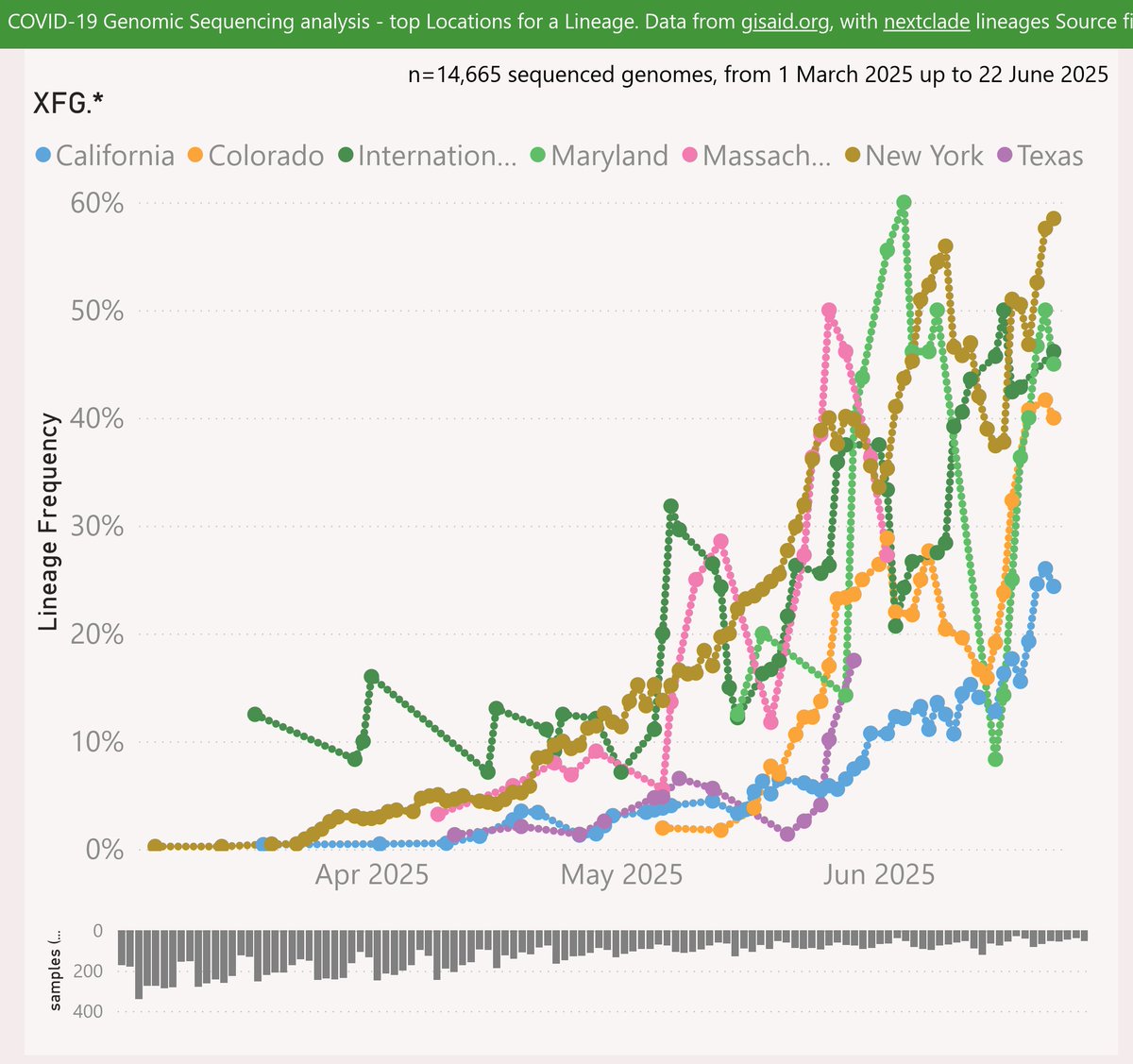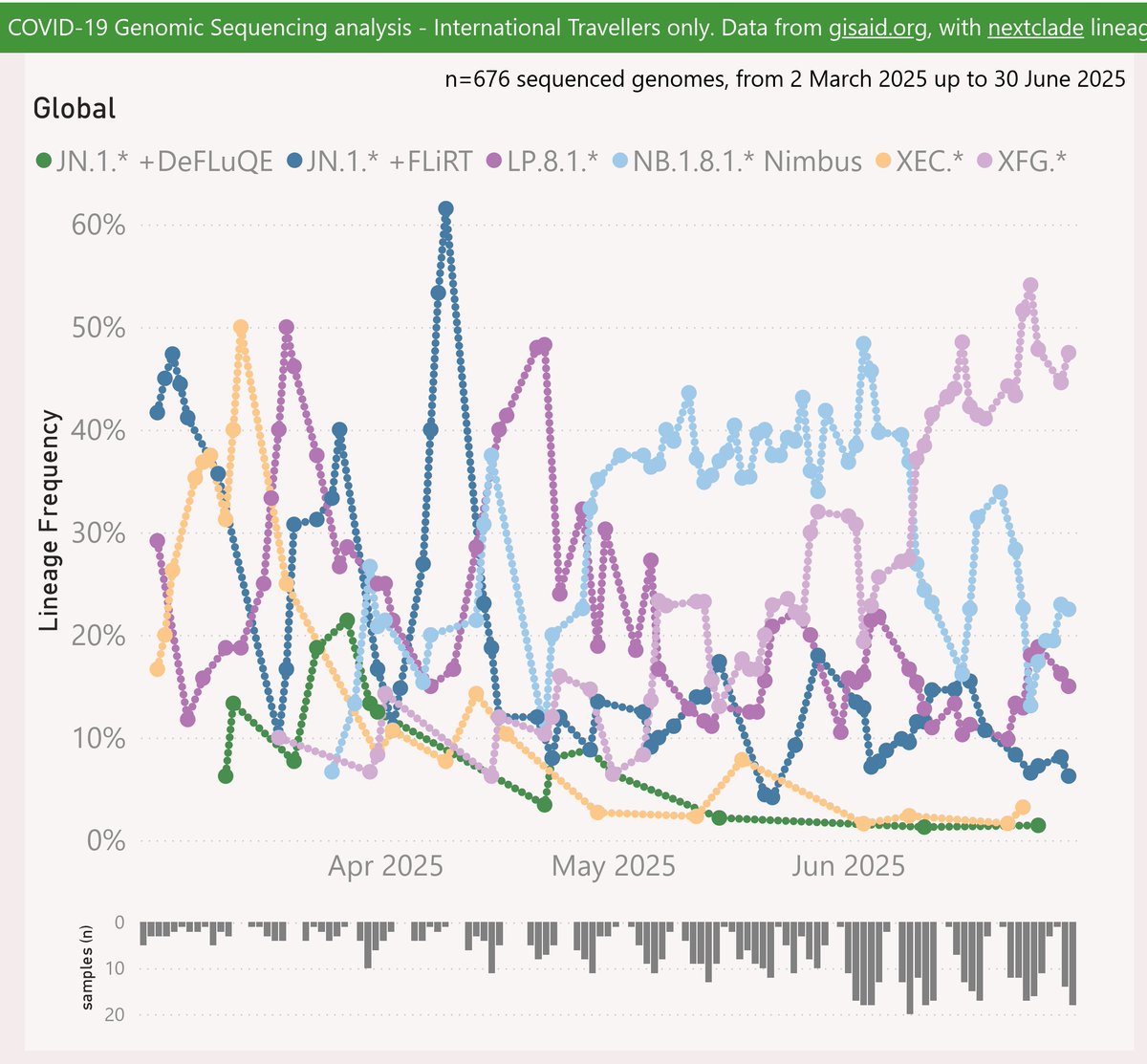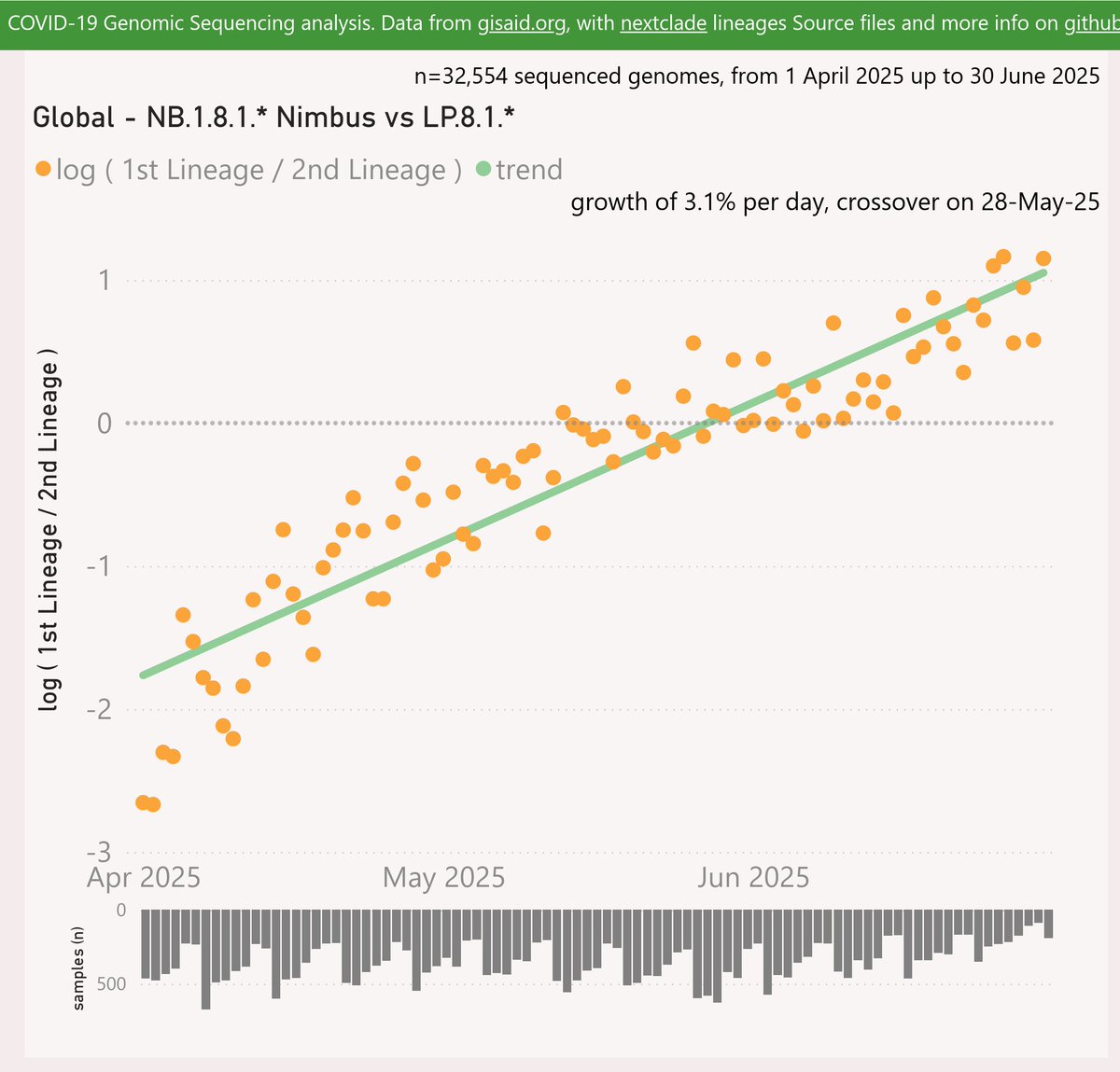Here's my weekly analysis of cases, deaths, vaccinations and restrictions.
At the global level, Omicron has driven an amazing surge in the last 2 weeks.
I've added a % Positive chart - this helps to spot when testing is overwhelmed (so infections are likely under-reported).
🧵
At the global level, Omicron has driven an amazing surge in the last 2 weeks.
I've added a % Positive chart - this helps to spot when testing is overwhelmed (so infections are likely under-reported).
🧵

Australia is one of the worst affected countries (on a population basis). Restrictions were dropped in mid-December, ignoring the risk from multiple Omicron super-spreader events.
Testing has effectively collapsed - % Positive has soared to 31%, many infections are undiscovered.
Testing has effectively collapsed - % Positive has soared to 31%, many infections are undiscovered.

In Denmark, both the cases and % positive appear to have peaked.
Deaths are at ~100 per week or ~170 per 10M. But as they typically lag cases by 3 weeks, we can expect them to increase, sadly.
Deaths are at ~100 per week or ~170 per 10M. But as they typically lag cases by 3 weeks, we can expect them to increase, sadly.

France has seen cases soar in recent weeks to one of the highest rates globally for any large country - ~2,700 cases per 100K people.
Sadly deaths are beginning to rise also.
Sadly deaths are beginning to rise also.

With relatively low vaccination rates and delayed 3rd dose rollout, the Netherlands has had to rely on restrictions and a lockdown.
These have been quite effective so far, keeping their case rates ~1,000 per 100K or less, but the recent trend is upwards.
These have been quite effective so far, keeping their case rates ~1,000 per 100K or less, but the recent trend is upwards.

In the UK, the curve of cases is showing signs of peaking, and the % Positive is relatively low.
3rd dose rates have closed the gap with the waning effect.
3rd dose rates have closed the gap with the waning effect.

The situation in the US looks disastrous - a very high death rate probably resulting from the low vaccination rates.
The % Positive rate is up to almost 50%, so many infections are unreported.
3rd doses lag the waning effect by a wide margin, and over 25% remain unvaccinated.
The % Positive rate is up to almost 50%, so many infections are unreported.
3rd doses lag the waning effect by a wide margin, and over 25% remain unvaccinated.

Argentina seems the worst-affected country in South America. While the case rate does not look extreme at first glance, not the the % Positive is now over 60% 

Singapore recently beat back a serious Delta wave, and while Omicron is spreading the case rates are relatively low so far.
Vaccination rates are impressive.
Vaccination rates are impressive.

Japan successfully suppressed their Delta wave around the Olympics and have enjoyed very low case rates for several months.
An Omicron wave has started to build in the latest week, despite tight border restrictions.
3rd dose rates are far behind the waning effect.
An Omicron wave has started to build in the latest week, despite tight border restrictions.
3rd dose rates are far behind the waning effect.

• • •
Missing some Tweet in this thread? You can try to
force a refresh


